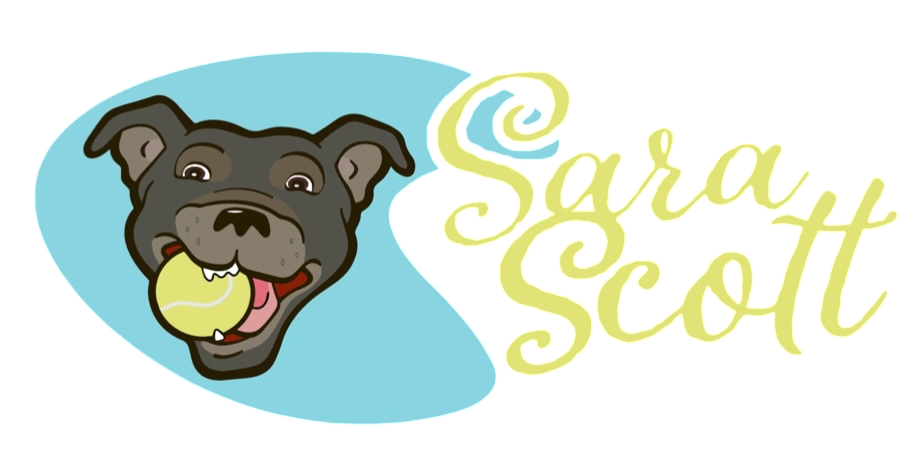Dog Reactivity, Covid-19 and Choice
- Sara Scott

- May 1, 2020
- 3 min read
Updated: Sep 26, 2023
The way we manage our lives has changed due to the Pandemic and that includes the way we manage and exercise our dogs as well. As people social distance, our dogs do as well, and with more people working from home or out of work, dogs are out and about on leashed walks more frequently than the norm.
If you are the owner of a dog reactive dog, you might be benefiting from the social distancing requirements as you and your dog are given the extra space you need to move about more freely. In fact, it’s an excellent time to work on improving your dogs reactivity given that keeping your dog at a therapeutic distance from other dogs or triggers is more easily accomplished thanks to social distancing.
If you have a dog social dog, your dog might be feeling the frustration of not being able to greet or romp with their dog pals as they were once used to doing. Frustrated dogs can exhibit reactivity in the form whining, barking and lunging when on leash and if this persists for long enough, your dog may start to develop leash reactivity when out and about. Keeping distance, moving behind a visual barrier or distracting your dog with their favorite food treats are all smart ways to manage things and keep reactivity at bay.
If you’d like to take advantage of this time to make some gains with your reactive dog or need help preventing your social dog from developing leash reactivity, dog training help is still available thanks to innovations with tech. I’m excited with the progress my online coaching students are making with this new online learning model. Checking in daily with clients means accountability for practice and sharing videos means quickly identifying changes that need to be made. And as we all know, practice makes perfect! Read more about my new services here. I’d love to work with you.
Online learning student, Isabelle, works with her pit bull Raider on choosing to sit. This will serve as the foundation for consent for further work on dog reactivity once outside the house. What does consent look like when training you dog? Key word: ‘Choosing’ to sit. You will notice she does not command him to sit or give him hand gestures. Choice is a primary reinforcer which means it is just as important as food, waster and shelter. I recommend everyone consider this fact when working with an animal who can’t speak English and tell us how they are feeling. Having an idea of how your dog is feeling is particularly important for working with reactive dogs successfully.
The importance of choice is likely quite evident to most of us as we are currently locked up inside our houses. Focusing on what you can control keeps anxiety at bay, same for dogs. This volunteered sit behavior allows us to ensure Raider is enjoying the exercise and that it’s an appropriate level for him. Later, if Raider doesn’t volunteer this default behavior and asks us to start training, then we know it’s time to dive deeper and see why he might not be keen on participating with us at the moment. Your dog isn’t being “Alpha” when they aren't responding to an exercise, they are telling you they are not clear on what you want or what the benefit is for them. Dogs do what works. Clear communication is key to having a happy dog that chooses to work with you.




Comments